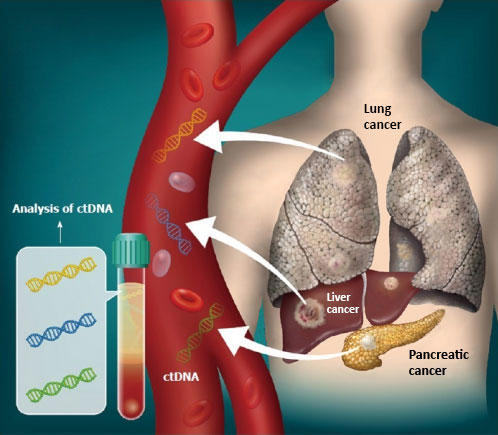Researchers have developed a wearable material that may help dramatically reduce the risk of a concussion, suggests a new study.
John LaRocco, lead author of the study and a research scientist in psychiatry at The Ohio State University College of Medicine, devised a way to bake starch into aerogel, a type of ultralight styrofoam typically used to provide effective insulation. Two launchers propelled tennis balls into a mock head at point-blank range. Results showed the material was able to both halt high-speed projectiles and protect against blunt force trauma.
"We found that our composite could absorb about 70% of the impact force under the best conditions," said LaRocco. "In other words, only 30% of that impact force was going through."
The study was recently published in the journal Technologies.

Concussions can be financially and physically costly, so the low-cost design of this material makes it apt for use across many industries, including construction and defense, the researchers said. While many of these injuries can be prevented with helmets or other protective equipment, typical gear can sometimes be too bulky or impractical to provide sufficient shielding from severe head injuries. That's why implementing the new material could provide better protection for sports players, said Taeyoon Eom, co-author of the study and a recent graduate of Ohio State.
"Our material is lightweight and inexpensive, so it should be used to increase the standard that people are using now for concussion safety and offer more protection at less weight," said Eom, who recently experienced a severe concussion of his own after a boxing match. His incident inspired him to help look for ways to refine current concussion safety methods.
To do this, the team tested the protectiveness of three material samples: one with no protection, another with aerogel foam padding, and the composite aerogel foam with cornstarch baked into it. In some cases, a hardhat was added as an additional variable to determine if any of the material samples would work well as a helmet liner.
Next, a commercially available spring-powered gun that shoots tennis balls for dogs to chase and a combustion-fired potato cannon were used to launch tennis balls at the mock heads. To accurately measure the deflection and kinetic energy of each projectile, sensitive electronics were also sandwiched between the layers of each material, and its data sent to a computer vision program the team developed.
Their results showed that the fully composite material was shown to bend only about 31% as much as the aerogel alone, meaning it was better at absorbing more impact. It also prevented the electronics from being physically damaged, unlike the gel alone. "It was essentially an iterative process of trial and error," said Eom.
Although past studies involving aerogel composite have reported impact absorptions of 80% relative to this team's composite, the study notes the materials used in previous research were much costlier.
The researchers said the advantage of combining the starch with the aerogel is that it improves impact resistance, with the composite absorbing and dissipating the energy of a blunt hit more effectively on impact. This allows for thinner and more flexible protective gear, without compromising safety.
"This project was a real knockout," said LaRocco.
Other Ohio State co-authors were Tanush Duggisani, Ian Zalcberg, Jinyi Xue, Ekansh Seth, Nicolas Zapata, Dheeraj Anksapuram, Nathaniel Muzumdar and Eric Zachariah.






